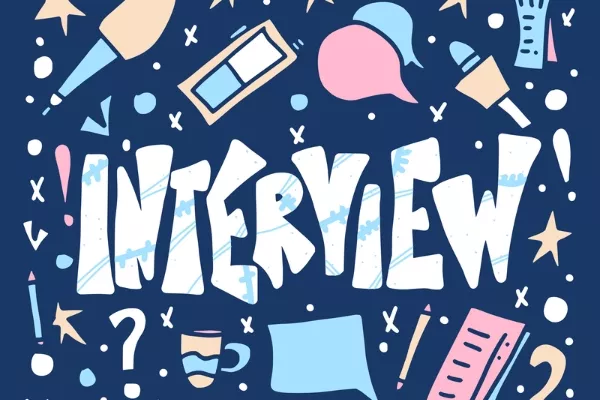Dig In to Get the Story

Remember that high school or college essay that required you to perform an interview? You may have had to tell your subject’s story from a professional or historical perspective. Perhaps you interviewed your grandfather on what it was like to grow up during WWII or the events that he’s witnessed over the course of his life.
As the Editor for Northwest Bergen Lifestyle magazine, I get the opportunity to uncover interesting and untold stories every month. Although I can’t say that I loved getting those types of assignments in school, I now embrace new opportunities to pick the brains of entrepreneurs, volunteers, athletes, local celebrities, coaches, medical professionals, philanthropists, and business executives.
Getting to the bottom of someone’s story should be a fun and interactive experience for both the interviewer and the interviewee, and it’s a rare opportunity to get an inside peek at someone’s personal and professional journey. I always learn something new, and I also learn a lot about myself in the process. I’m never accused of asking too many questions, either!
You may not see yourself as an investigative journalist or a writer in general. However, unpacking and understanding someone’s life story and developing content from it is a valuable skill for any student or professional.
Here are 5 Tips for a Great Interview Experience
- Do it LIVE. Meet your subject for coffee or in their office. Bring your laptop and type notes as you talk. You can glean so many details and nuances with a live interview that will never be apparent over the phone. You can see how the subject interacts with their employees and customers, see their certificates and diplomas on the wall, appreciate the interior décor they prefer, and ask questions about photos or mementos. These things add exponential dimension to a story.
- Take more notes than you need. It’s easier to “cut” than “add” so get as much info down as you can. I may type up to five pages of rough notes for a 700-word article.
- Pay attention to the tone and words that your subject uses. If they exude a very business-like persona, reflect that in your content. If the interviewee is creative or passionate, mirror that in your text. In a friendly, informative setting (such as the articles and content in Northwest Bergen Lifestyle), it’s imperative to create a positive relationship with your subject to tell their story. Remember, you’re not an investigative journalist (unless, of course, you are). Dig up the story, not the dirt. Tell it in a way that will delight the subject while engaging your reader.
- Listen for compelling quotes. As an interviewer, there’s nothing better than when your subject spouts out profound one-liners off the top of their head. I remember one subject so passionate about her mission that her words could have filled a “how-to” book on philanthropy. Easiest article to write, ever!
- Transcribe your notes into a rough draft as soon as possible following the interview, while the information and sentiments are fresh in your mind. Then, hit save and put the draft away for the day. Pick it up again the next day for a second clean-up, and continue refining it several more times. As important as it is to get the information organized and structured immediately, it’s also essential to contemplate and reflect on it. This will assist you in telling the story in a way that’s understandable and engaging to the reader.
I was prompted to share this advice in my blog after being interviewed by a college student for her research paper. She did an incredible job. Since I was the subject of the interview, the “shoe was on the other foot,” and I noticed that she had already figured out many of these concepts herself.
Please share this blog with students who are busy working on their final spring term papers and essays. And, if your child needs some advice, or a fun interview regarding entrepreneurship, marketing, or content writing, feel free to reach out to me at kris@finish-linemarketing.com.



